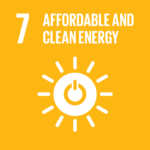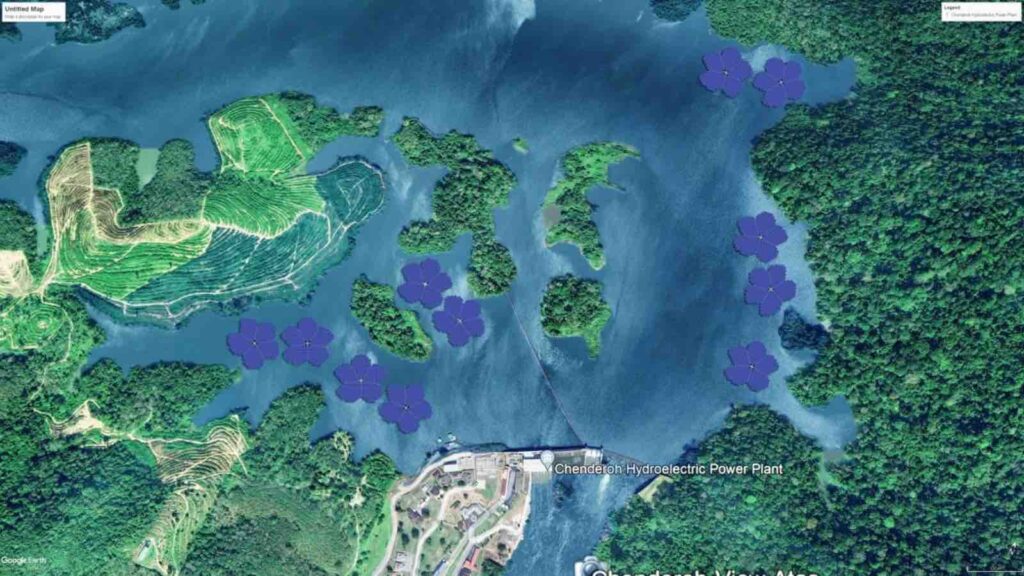Malaysian firm, Tenaga Nasional BHD, setting up hydro-floating solar hybrid (HHFS) photovoltaic project following the success of its floating solar trial project which was commissioned in 2019.
(KUALA LUMPUR) In a bold move towards Malaysia’s energy sustainability, Tenaga Nasional Bhd (TNB) is advancing its hybrid hydro-floating solar (HHFS) photovoltaic (PV) projects, aligning with the National Energy Transition Roadmap (NETR) at its hydro dam reservoirs. Datuk Seri Baharin Din, TNB’s chief executive officer, expressed the company’s enthusiasm for these HHFS PV projects following the triumph of a pilot project at the Sultan Azlan Shah Power Station (SJSAS) in Manjung, Perak.
RELEVANT SUSTAINABLE GOALS



As Malaysia strides towards a low-carbon future and heightened environmental sustainability, TNB, through its subsidiary TNB Power Generation Sdn Bhd (TNB Genco), is poised to construct 2,500 megawatts (MW) of HHFS PV projects. “This initiative marks a significant step in the responsible energy transition, offering sustainable solutions that promise to have a positive impact on our ecology,” Baharin elaborated in a Feb 22 statement.
Hydro floating solar hybrid (HHFS) photovoltaic (PV) project
TNB is setting an accelerated course for the 2,500MW HHFS implementation, starting with a 30MW project at its Chenderoh hydro-reservoir in Perak, followed by developments at the Temenggor (Perak) and Kenyir (Terengganu) hydro-reservoirs. “Floating solar farms hold the promise to enhance our national grid with clean power significantly, complementing other renewable sources,” Baharin noted.
The statement further highlighted TNB’s strategic partnerships with Perbadanan Kemajuan Negeri Perak (PKNP) and Terengganu Incorporated, aiming to ensure the HHFS projects are executed thoughtfully and responsibly.
Since its inauguration in 2019, TNB’s floating solar PV initiative on a 175-hectare ash pond in SJSAS has generated over 600 megawatt-hours (MWh) of energy. The installation of 288 solar PV modules, boasting a 105.12 kilowatt peak (kWp) capacity, has contributed to a reduction of 390 tonnes of carbon dioxide (CO2) over four years—equivalent to the CO2 absorption of 15,624 trees. This green energy production is sufficient to power 30 households.
By deploying solar installations on water bodies, TNB aims to conserve land, protect natural habitats, reduce water evaporation, minimize pollution, and foster biodiversity with minimal interference in aquatic ecosystems. Baharin emphasized, “Unlike conventional thermal power plants, floating solar farms are designed to leave water and air quality unharmed, offering a seamless blend of renewable energy production and environmental preservation.”
He concluded, “Thorough planning and environmental impact assessments are crucial to ensure these installations harmonize with aquatic ecosystems sustainably.” – Bernama
Lead image courtesy of TNB
You may also be interested in :
Southeast Asia’s Renewable Energy Surge: Navigating Delays and ASEAN’s 2025 Clean Power Goals


